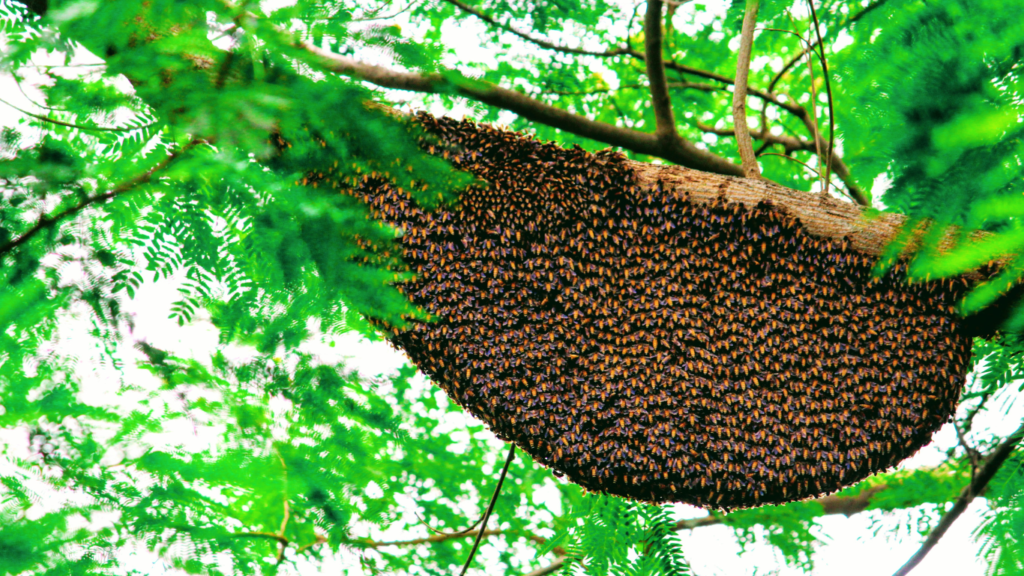Selecting the right beehive is a crucial decision for beekeepers. The beehive serves as the home for your honeybee colony and plays a vital role in its success and productivity. With various hive types available, it’s important to understand their unique characteristics and suitability for your beekeeping goals. In this blog, we will explore different beehive types, discussing their advantages, considerations, and helping you make an informed choice for your beekeeping journey.
Section 1: Langstroth Hive
The Langstroth hive is one of the most widely used hive types in beekeeping. This section will delve into the features of the Langstroth hive, including its standardized frame sizes, vertical stacking configuration, and removable frames for honey extraction. We will discuss the benefits of the Langstroth hive, such as its scalability, ease of management, and compatibility with beekeeping equipment.
Section 2: Top-Bar Hive
Top-bar hives offer a more natural and alternative approach to beekeeping. This section will explore the characteristics of top-bar hives, which consist of horizontal bars instead of frames. We will discuss the benefits of top-bar hives in promoting natural comb building, potential advantages for bee health, and their appeal for those interested in sustainable and organic beekeeping practices.
Section 3: Warre Hive
Warre hives, also known as “vertical top-bar hives,” have gained popularity among beekeepers seeking a balance between traditional and natural beekeeping methods. This section will explain the unique features of Warre hives, such as their smaller size, vertical expansion, and minimal intervention approach. We will discuss the advantages of Warre hives in terms of colony management, simplicity, and potential benefits for the bees’ natural behavior.
Section 4: Other Hive Types and Considerations
In addition to Langstroth, top-bar, and Warre hives, there are other hive types available that cater to specific preferences and objectives. This section will provide an overview of alternative hive types, such as horizontal hives, skep hives, and observation hives. We will discuss their unique features, considerations, and potential applications for educational purposes or specialized beekeeping practices.
Section 5: Factors to Consider in Hive Selection
Choosing the right hive involves considering various factors. This section will guide you through important considerations, such as your location, climate, available resources, personal preferences, and beekeeping goals. We will discuss the significance of hive compatibility with bee breeds, local regulations, and the importance of consulting experienced beekeepers or local beekeeping associations.
Selecting the right beehive is a critical decision that shapes your beekeeping journey. By exploring different hive types, considering their advantages, and aligning them with your goals and preferences, you can create an environment conducive to the success and well-being of your honeybee colonies. Remember to prioritize the health of your bees, provide suitable hive management, and continuously educate yourself on best practices. With the right hive, you’ll embark on a rewarding beekeeping adventure, nurturing your bees and enjoying the sweet rewards they bring.
We hope this blog has provided you with valuable insights into different beehive types and considerations for choosing the right hive. May your hive selection process be filled with informed decisions and set the stage for a thriving and productive beekeeping journey!



